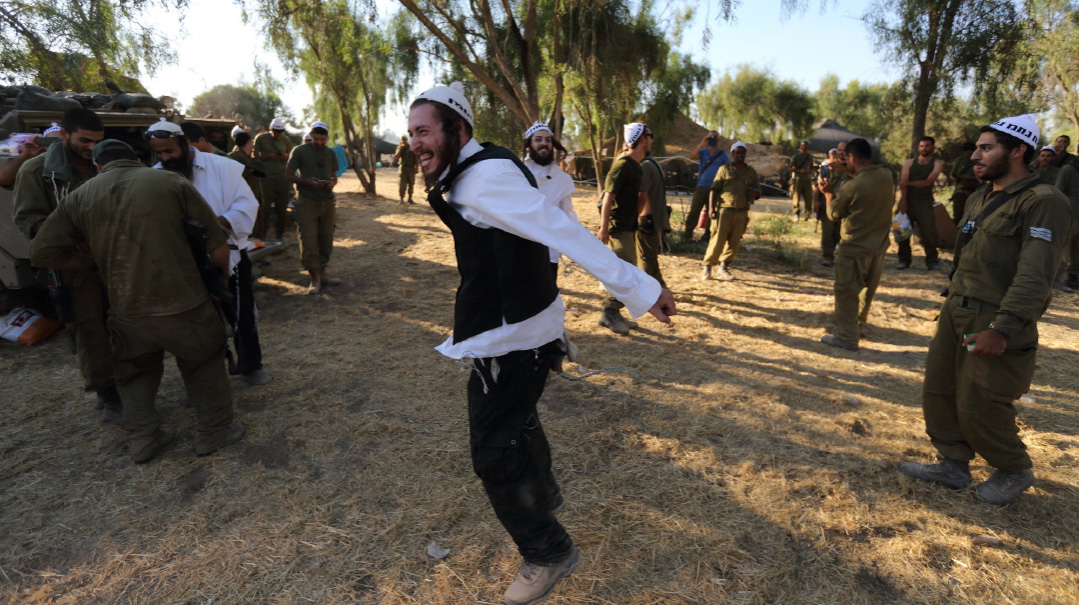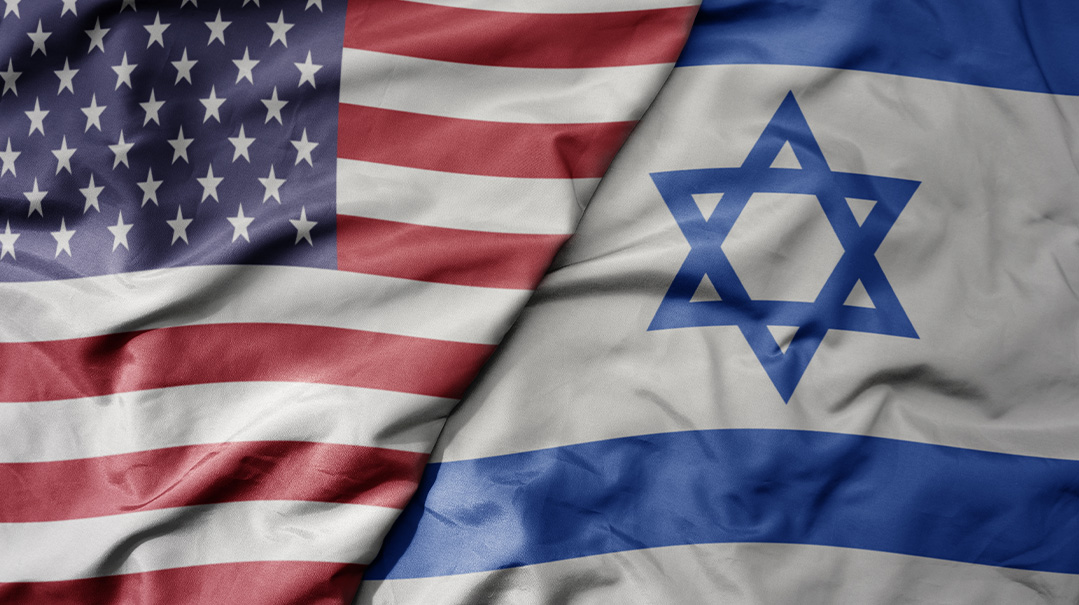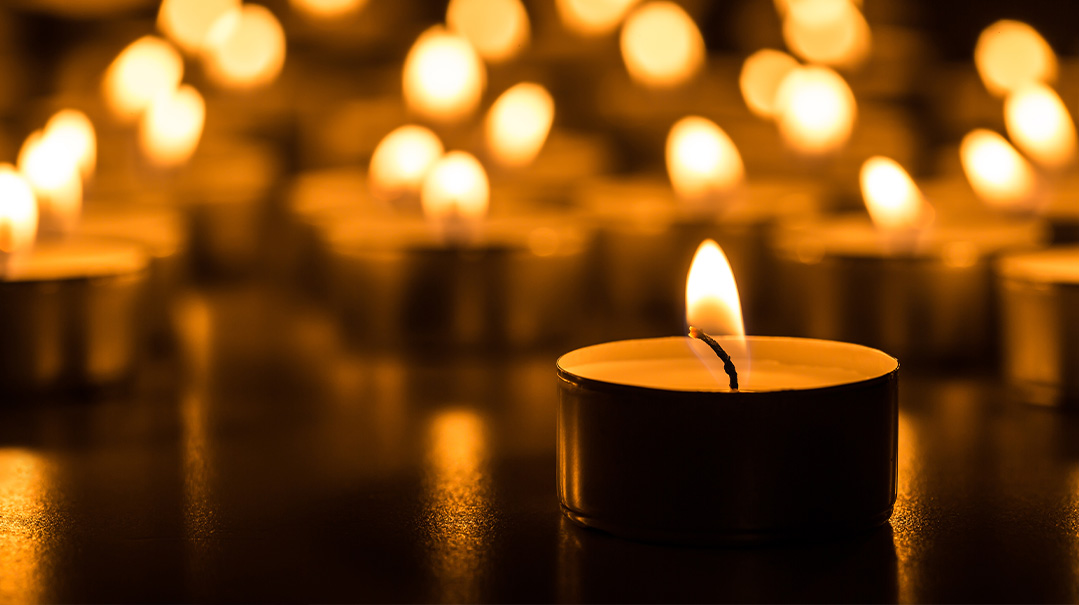No Shortcuts to Mourning Jerusalem

“The mourning has gone out from our hearts, as we seek quiet in a land that is not ours”
A
few days before Tishah B’Av, my chavrusa showed me the following passage (loosely translated) in the Siddur of Rav Yaakov Emden:
Even if we had no sins in our hands other than our failure to mourn over Yerushalayim to the extent that is fitting, it would be a sufficient explanation for the length of our exile. And that is the most obvious cause for all the mass destructions beyond all understanding that have befallen us in the exile, in every place to which we have been dispersed. We are pursued without cessation, so that we find no respite among the nations from our lowliness, suffering, and embittered state, for this alone — because the mourning has gone out from our hearts, as we seek quiet in a land that is not ours. We have forgotten Yerushalayim, and thoughts of her do not enter our hearts. And on account of the deceased loved one forgotten from the heart, so does our suffering and misery grow from generation to generation.
A Jew from Lakewood whom I had never previously met called last week and asked to meet with me. From our preliminary conversation over the phone, I had the impression that he was exploring the possibility of making aliyah, or at the very least wanted to know whether I thought he was crazy for his sense that America is an increasingly inhospitable, even dangerous place for Jews.
He is not the only one asking the question. Professor Ruth Wisse, whose antennae for threats to Jews are as sensitive as anyone’s, reports being stunned recently when an Upper East Side neighbor described his daughter, who made aliyah a dozen years ago, as having seen “the handwriting on the wall,” and went on to point out, “Jews have been driven from every place where they’ve settled.” A few weeks later, a Jewish financial advisor in Wisse’s neighborhood pointed to a top lawyer, who has been hearing the same thing from some of his clients.
As faithful readers of this column and of my recent interview with Rabbi Berel Wein know, I do not think that this particular Jew’s concerns are hallucinatory. And when he arrives at my home, I express my surprise and disappointment that the idea of aliyah seems so wildly implausible to residents of Lakewood, as opposed to those living in communities located closer to the North Pole on the Kichels’ map. And I hit him with the quote from Rav Yaakov Emden to strengthen my question.
He patiently explains the difficulties of aliyah, including one with which I cannot argue: a young teenage son, who will likely face a difficult transition to Israel. He speaks of his rav, his chavrusas, and of his circle of friends from BMG days, and of the grandchildren who have already begun to arrive. Yes, admittedly Lakewood has its problems, including increasing materialism, but on the whole it is a very good place to live, he concludes.
I cannot assure him that he will have a rav to whom he feels as close in Israel, or even a rav at all (though I do), or that longtime chavrusas are easily replaced. And for sure, there is a big difference between being able to see one’s grandchildren whenever one wants and being limited to visits once or twice a year, no matter how intense.
As my new friend speaks, much of my self-righteousness about being one of those who mourns for Yerushalayim, as reflected in the fact that I have lived here for 43 years, begins to melt away. I realize that I am here for largely the same reasons he is there: It is my community and I’m comfortable in it. Since my wife and I entered Ohr Somayach, we have never lived anywhere else. Har Nof boasts a fair number of the world’s Torah giants, and many extraordinary Jews. Above all, it is home, and it is a home within 45 minutes of all my grandchildren.
But none of these factors that so attach me to my neighborhood have anything to do with my mourning for the Beis Hamikdash or yearning for its return. When I drive toward the Old City, my head does not fill with visions of hundreds of thousands of pilgrims en route to Har Habayis.
Yes, I would argue that Israeli society is far healthier than American society. The constant dangers that Israel faces have prevented the basic human instinct for self-preservation from atrophying. Israeli students, in general, enter university after experiencing the discipline of the military, and, in many cases, having been in life-and-death situations. They are adults, not perpetual adolescents; they are more eager to learn and less drawn to woke nonsense than their American counterparts. The future of the Jewish People will be determined in Israel, which is home to close to half of world Jewry, and by far the faster growing half.
But again, these are, at most, arguments for aliyah. They are not reason for us to pat ourselves on the back that Rav Yaakov Emden was not speaking to us.
A Time for Everyone and Everything
I’m still young enough that I occasionally meet someone old enough to regale me with stories of an earlier era about which I have no personal knowledge. Recently, we joined some friends for Shabbos lunch, and met our host’s parents, who had just celebrated their 69th anniversary.
They moved to the Southwest nearly 60 years ago at the behest of Dr. Joseph Kaminetsky, the head of Torah Umesorah, with the intent of creating a day school. After a brief spell, they pointed out to Dr. Kaminetsky that the city lacked a mikveh or any Orthodox hashgachah. About the first, he told them not to worry, as there was a mikveh the next city over. That city turned out to be a three-and-a-half-hour drive away.
The rabbi of the largest Conservative synagogue told them, helpfully, not maliciously, “There is no room for Orthodoxy here.” And that certainly seemed to be the case. “Young and dumb” was the only explanation for their staying, the wife admitted.
And yet a school opened their first year with 50 kids, kindergarten to eighth grade. Fortunately, they initially needed only one limudei kodesh curriculum for all eight grades, since no one knew anything. Only over time did the kids sort themselves into grades.
Eventually, the rabbi built not only a school, but a shul, a mikveh, and Orthodox hashgachah — all more than 50 years ago.
When I first came to speak in this city, there were already several shuls. And by the second time I visited, there was a kollel. The dynamic rosh kollel was eager to start a new day school “al taharas hakodesh.” I’m not sure what the upgrades over the existing school were exactly — that was not the subject of our conversations — but I assume they included earlier separation of boys and girls and intensified limudei kodesh.
I think that having multiple schools is usually good for a community, and I have no problem with any of those changes. In seeking to “improve” upon the existing school, however, I sensed that there was perhaps an inadequate appreciation of all that had gone into building the original school and of the sacrifices made, a failure to appreciate that without the pioneering work done decades before, the city would have had no new shuls, nor schools, and certainly not a kollel.
Rav Chaim Kreiswirth, rosh yeshivah of Hebrew Theological College (Skokie) before he assumed the mantle of leadership of the Antwerp community, once pointed out how the evaluation of both individuals and institutions all depends on context. “I’m an Agudist through and through. Agudah is in my blood. But here in Chicago, I’m a supporter of Hashomer Hadati and Bnei Akiva,” he once said. He meant that in the Chicago of the 1940s, there was nothing to develop the religious identity of Jewish youth apart from the Shabbos afternoon groups of Hashomer Hadati.
The later Mizrachi-affiliated movement brought Rav Kreiswirth’s star talmid, Rav Gershon Schwimmer ztz”l to the yeshivah. And Rav Gershon, as a group leader in Hashomer Hadati, sent another young Chicagoan, Rav Naftali Kaplan, to Ner Israel, and thereby set him on the path to becoming one of the leading Torah figures in Eretz Yisrael.
Rav Schwimmer was my neighbor until his recent passing, He possessed two qualities that set him quite apart. The first was an iron will. After being diagnosed with Parkinson’s in his early seventies (over twenty years ago), his doctors told him that vigorous walking would slow the progress of the disease. Every morning after davening, he set off at a rapid clip for a long walk, and he did not avoid the hills of Har Nof.
The second was that his mind never stopped working. (An old Chicagoan told me once that when Rav Schwimmer entered Northwestern University, he was told that he had the highest IQ of any student until that point.) I never entered his daled amos without his sharing a question that he was working on and bringing me into the texts with which he was wrestling. That rigorous mind made him a maggid shiur par excellence, first for young men in Yeshivat Kfar Haroeh, and subsequently a revered teacher for decades of women students at Michlalah.
If only for having produced Rav Gershon Schwimmer (and his two brothers), Hashomer Hadati merits a place of honor in the history of Chicago Jewry.
(Originally featured in Mishpacha, Issue 924. Yonoson Rosenblum may be contacted directly at rosenblum@mishpacha.com)
Oops! We could not locate your form.







